Home>Construction & Tools>Building Materials>How To Plaster A Brick Wall
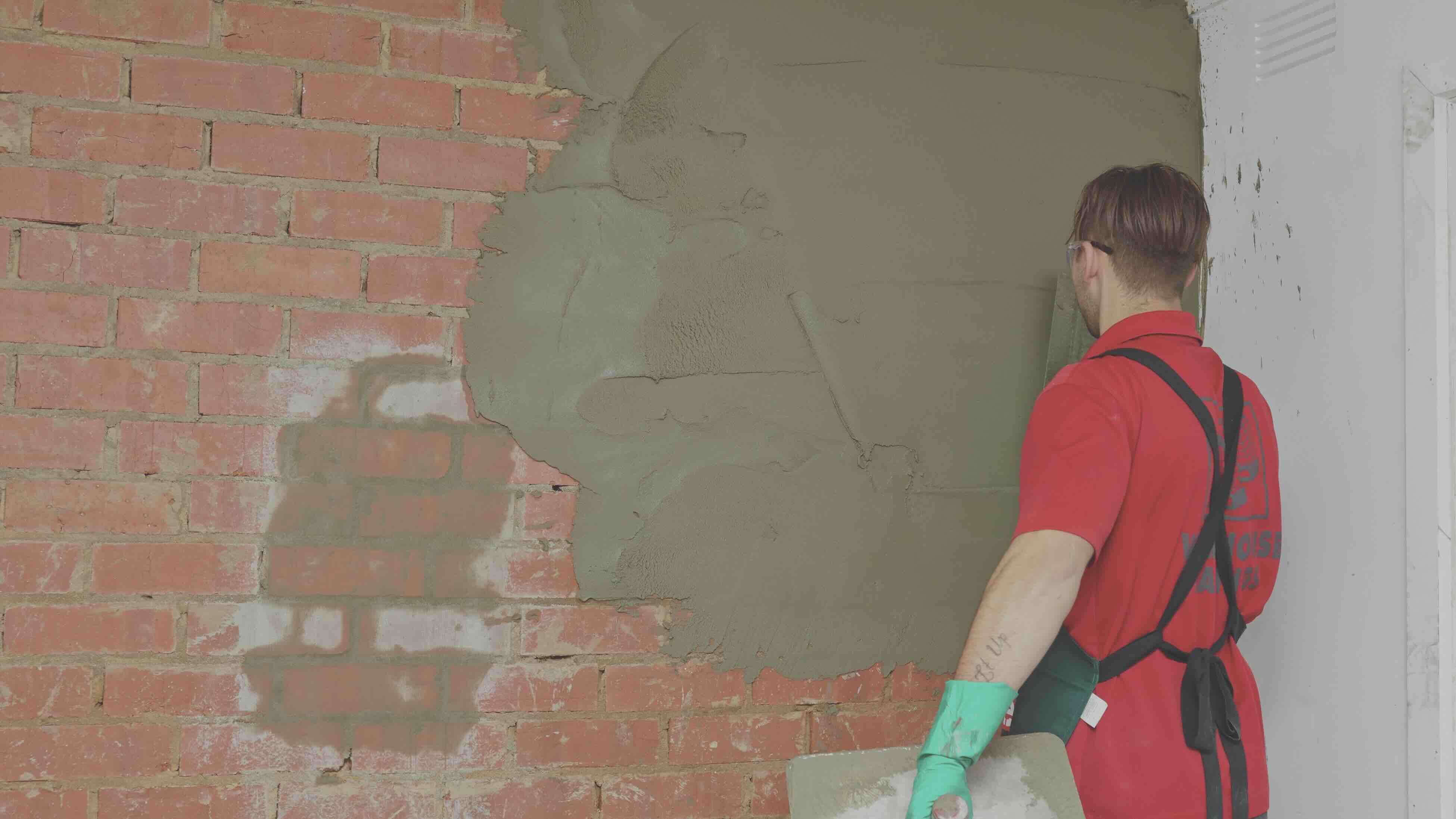

Building Materials
How To Plaster A Brick Wall
Published: January 22, 2024
Learn how to plaster a brick wall using the best building materials. Our step-by-step guide will help you achieve a professional finish for your project.
(Many of the links in this article redirect to a specific reviewed product. Your purchase of these products through affiliate links helps to generate commission for Storables.com, at no extra cost. Learn more)
Introduction
Welcome to the world of DIY plastering! Whether you’re a seasoned DIY enthusiast or just starting to explore the world of home improvement, plastering a brick wall can be a rewarding and transformative project. Not only does it enhance the aesthetic appeal of your space, but it also adds a layer of protection to the underlying brickwork. In this comprehensive guide, we’ll walk you through the step-by-step process of plastering a brick wall, from preparing the materials to achieving a smooth and professional finish. By the end of this guide, you’ll have the knowledge and confidence to take on this project and breathe new life into your living space.
Key Takeaways:
- Transform your living space by plastering a brick wall with patience and precision. From preparing the wall to smoothing and finishing, each step contributes to a professional and visually stunning result.
- Embrace the art of plastering to infuse your personal touch into your space. With the right materials and tools, you can create a warm, character-filled environment that reflects your unique style and vision.
Read more: How To Remove Plaster From A Brick Wall
Materials Needed
Before diving into the plastering process, it’s essential to gather all the necessary materials and tools. Here’s a list of items you’ll need to ensure a smooth and efficient plastering experience:
- Plaster mix: Choose a high-quality plaster mix suitable for your specific project requirements. Options include gypsum plaster, lime plaster, or cement-based plaster.
- Water: Ensure a clean and consistent water supply for mixing the plaster to the desired consistency.
- Wire brush: Use a wire brush to remove any loose debris, dirt, or old plaster from the brick wall surface before applying the new plaster.
- Plastering trowel: A stainless steel or carbon steel plastering trowel is essential for applying and smoothing the plaster onto the wall.
- Hawk: This handheld tool provides a stable platform for holding and transporting the plaster while working on the wall.
- Bucket or mixing tub: Use a sturdy bucket or mixing tub to prepare the plaster mixture.
- Protective gear: Safety should always be a priority. Equip yourself with gloves, safety goggles, and a dust mask to protect against potential hazards during the plastering process.
- Spirit level: A spirit level ensures that the plaster is applied evenly and maintains a consistent level across the wall surface.
- Sponge and water bucket: These will come in handy for smoothing and cleaning the plastered surface during the finishing stages.
- Drop cloths or plastic sheeting: Cover the surrounding area with drop cloths or plastic sheeting to protect it from plaster splatter and spills.
- Mixing drill or paddle: For larger projects, a mixing drill or paddle attachment can expedite the process of blending the plaster mix with water to achieve the desired consistency.
- Primer (optional): Depending on the type of plaster being used, a suitable primer may be required to prepare the wall surface for optimal adhesion and finish.
By ensuring that you have all these materials on hand before starting the project, you’ll be well-prepared to tackle the task of plastering a brick wall with confidence and efficiency.
Preparing the Wall
Proper preparation of the brick wall is crucial for the success of the plastering process. Before applying the new plaster, it’s essential to ensure that the wall surface is clean, stable, and ready to receive the fresh layer of plaster. Here’s a step-by-step guide to preparing the wall for plastering:
- Inspect the Wall: Begin by inspecting the brick wall for any signs of damage, such as cracks, loose bricks, or areas with deteriorated mortar. Address any structural issues before proceeding with the plastering process.
- Clean the Surface: Use a wire brush to remove any loose debris, dirt, or old plaster from the brick wall surface. Ensure that the surface is free from dust, grease, and other contaminants that could hinder the adhesion of the new plaster.
- Repair Imperfections: Fill in any gaps, holes, or uneven areas on the wall with an appropriate filler or patching compound. Smooth out the patched areas to create a level surface for the plaster application.
- Apply a Primer (Optional): Depending on the type of plaster being used and the condition of the wall, applying a suitable primer may be necessary to promote adhesion and improve the overall finish of the plaster.
- Protect Surrounding Areas: Cover the floor and any adjacent surfaces with drop cloths or plastic sheeting to protect them from plaster splatter and spills during the application process.
- Mark Level Lines: Use a spirit level to mark level lines on the wall, indicating the desired thickness of the plaster application. This step helps ensure that the plaster is applied evenly and maintains a consistent level across the wall surface.
By meticulously preparing the wall before applying the plaster, you’ll create a solid foundation for a professional and long-lasting finish. Taking the time to address any underlying issues and properly clean and prime the surface will ultimately contribute to the overall quality and durability of the plastered wall.
Mixing the Plaster
Once the wall is prepped and ready, the next crucial step is to prepare the plaster mixture to the appropriate consistency for application. Achieving the right consistency is essential for ensuring proper adhesion and a smooth finish. Here’s a detailed guide on mixing the plaster for your brick wall:
- Measure the Plaster: Follow the manufacturer’s instructions to determine the correct ratio of plaster to water based on the specific product you’re using. Measure out the appropriate amount of plaster needed for the project.
- Prepare the Mixing Area: Use a clean and sturdy bucket or mixing tub to create a workspace for blending the plaster. Ensure that the mixing area is free from any contaminants that could compromise the quality of the mixture.
- Add Water Gradually: Start by adding a portion of the required water to the mixing container. Slowly sprinkle the plaster into the water, allowing it to gradually absorb the moisture without forming lumps.
- Blend the Mixture: Use a mixing drill or a handheld mixing paddle to thoroughly blend the plaster and water until a smooth and lump-free consistency is achieved. Take care to mix the plaster evenly to ensure uniform adhesion and drying properties.
- Check the Consistency: The ideal plaster consistency should be creamy and easy to spread, similar to thick yogurt. Avoid making the mixture too runny or stiff, as this can impede the application and finishing process.
It’s important to note that the working time of the plaster mixture is limited, so it’s crucial to mix only the amount that can be applied within the specified time frame. Once the plaster is mixed to the desired consistency, it’s time to move on to the application phase and bring your brick wall to life with a fresh layer of plaster.
Before plastering a brick wall, make sure to clean the surface thoroughly and apply a bonding agent to help the plaster adhere. Use a hawk and trowel to apply the plaster in even layers, and smooth it out with a float for a professional finish.
Applying the Plaster
With the plaster mixture prepared, it’s time to apply it to the brick wall surface. This phase requires precision, patience, and a systematic approach to ensure an even and professional finish. Here’s a step-by-step guide to applying the plaster to your brick wall:
- Load the Hawk: Transfer a portion of the plaster mixture onto the hawk, which provides a stable platform for holding and transporting the plaster while working on the wall.
- Start at the Top: Begin at the top of the wall and work your way down, applying the plaster in even layers. Use the plastering trowel to scoop up a suitable amount of plaster from the hawk.
- Spread the Plaster: Hold the trowel at a slight angle and spread the plaster onto the wall surface using upward, downward, and sideways motions. Ensure that the plaster is distributed evenly and adheres firmly to the brickwork.
- Work in Sections: Divide the wall into manageable sections to maintain control over the application process. Overlapping each section slightly helps create a seamless and uniform finish across the entire wall.
- Check for Consistency: Periodically check the consistency of the plaster as you work, adjusting the mixture if necessary to maintain the desired spreadability and texture.
- Smooth and Level: Use the plastering trowel to smooth and level the applied plaster, ensuring that it conforms to the marked level lines on the wall. This step is crucial for achieving a consistent thickness and a professional appearance.
Applying the plaster requires a steady hand and attention to detail. By working methodically and systematically, you can ensure that the plaster is applied evenly and adheres securely to the brick wall, setting the stage for the next phase of the plastering process.
Read more: How To Plaster Over Brick Fireplace
Smoothing and Finishing
Once the plaster has been applied to the brick wall, the focus shifts to smoothing and refining the surface to achieve a professional and visually appealing finish. This phase involves finesse and attention to detail to ensure that the plastered wall exhibits a seamless and polished appearance. Here’s a detailed guide to smoothing and finishing the plaster:
- Wait for the Initial Set: Allow the plaster to reach its initial set, during which it begins to firm up but is still workable. This typically takes around 30 to 60 minutes, depending on the type of plaster used and the environmental conditions.
- Wet Trowel Technique: Once the plaster has reached the initial set, lightly dampen the surface with a sponge and clean water. Using a clean plastering trowel, gently smooth over the dampened plaster in a circular motion, refining the surface and removing any imperfections or irregularities.
- Feather Edges: Pay special attention to feathering the edges of the plastered area to seamlessly blend it with the surrounding wall surface. This technique helps create a transition that appears natural and uniform.
- Final Checks: Use a spirit level or straight edge to ensure that the plastered surface maintains a consistent level and smoothness across the entire wall. Address any areas that require additional smoothing or leveling to achieve the desired result.
- Allow for Drying: After the smoothing and finishing process, allow the plaster to dry completely according to the manufacturer’s recommendations. Avoid any disturbances or contact with the plastered surface during the drying period to prevent imperfections or blemishes.
By meticulously smoothing and refining the plaster, you can elevate the overall appearance of the brick wall, creating a visually striking and professional finish. Taking the time to finesse the surface pays off in the form of a polished and inviting space that enhances the aesthetic appeal of your home.
Cleaning Up
As the plastered wall dries and the project nears completion, it’s essential to focus on cleaning up the work area and ensuring that any residual plaster and tools are properly handled. This phase not only contributes to a tidy and organized workspace but also promotes safety and longevity for your tools and equipment. Here’s a comprehensive guide to cleaning up after plastering a brick wall:
- Remove Excess Plaster: Scrape any excess plaster from the tools, such as the plastering trowel and hawk, using a putty knife or similar tool. Dispose of the excess plaster in a designated waste container.
- Clean Tools and Equipment: Thoroughly clean the plastering trowel, hawk, and any other tools used during the plastering process. Rinse them with water and remove any hardened plaster to maintain their functionality and prolong their lifespan.
- Dispose of Waste Responsibly: Dispose of any leftover plaster, debris, and waste materials in accordance with local regulations. Consider recycling or proper disposal methods to minimize environmental impact.
- Remove Protective Coverings: Carefully remove the drop cloths or plastic sheeting used to protect the surrounding areas from plaster splatter. Dispose of any soiled coverings and ensure that the uncovered surfaces are clean and free from debris.
- Clean Work Area: Sweep and vacuum the work area to remove any plaster dust, debris, or remnants. Wipe down surfaces as needed to restore the area to its pre-plastering condition.
- Store Tools Properly: Once cleaned, allow the tools to dry completely before storing them in a dry and well-ventilated space. Proper storage helps prevent rust and damage, ensuring that the tools remain in optimal condition for future use.
By diligently cleaning up after the plastering process, you can maintain a safe and organized environment while preserving the longevity of your tools and equipment. A thorough cleanup also contributes to the overall satisfaction of completing a successful plastering project, leaving behind a revitalized and polished brick wall.
Conclusion
Plastering a brick wall is a gratifying endeavor that allows you to transform and revitalize the aesthetic appeal of your living space. By following the step-by-step process outlined in this guide, you’ve gained valuable insights into the art of plastering and acquired the knowledge needed to embark on this rewarding DIY project with confidence. From preparing the wall and mixing the plaster to applying, smoothing, and finishing the surface, each phase plays a crucial role in achieving a professional and visually stunning result.
As you embark on your plastering journey, remember to approach the project with patience, precision, and a keen eye for detail. Embrace the opportunity to unleash your creativity and infuse your personal touch into the finished wall, whether it’s a smooth and contemporary look or a textured and rustic charm. Throughout the process, prioritize safety, cleanliness, and responsible waste management to ensure a positive and fulfilling experience from start to finish.
With the right materials, tools, and a clear understanding of the plastering process, you have the power to breathe new life into your brick walls, creating a space that exudes warmth, character, and timeless elegance. Whether you’re embarking on a small-scale home improvement project or undertaking a larger renovation, the art of plastering empowers you to craft a space that reflects your unique style and vision.
As you take pride in the completed plastered wall, may it serve as a testament to your dedication, creativity, and craftsmanship. Embrace the journey of plastering with enthusiasm and a sense of accomplishment, knowing that you’ve added a touch of artistry and sophistication to your home through the timeless technique of plastering a brick wall.
Frequently Asked Questions about How To Plaster A Brick Wall
Was this page helpful?
At Storables.com, we guarantee accurate and reliable information. Our content, validated by Expert Board Contributors, is crafted following stringent Editorial Policies. We're committed to providing you with well-researched, expert-backed insights for all your informational needs.
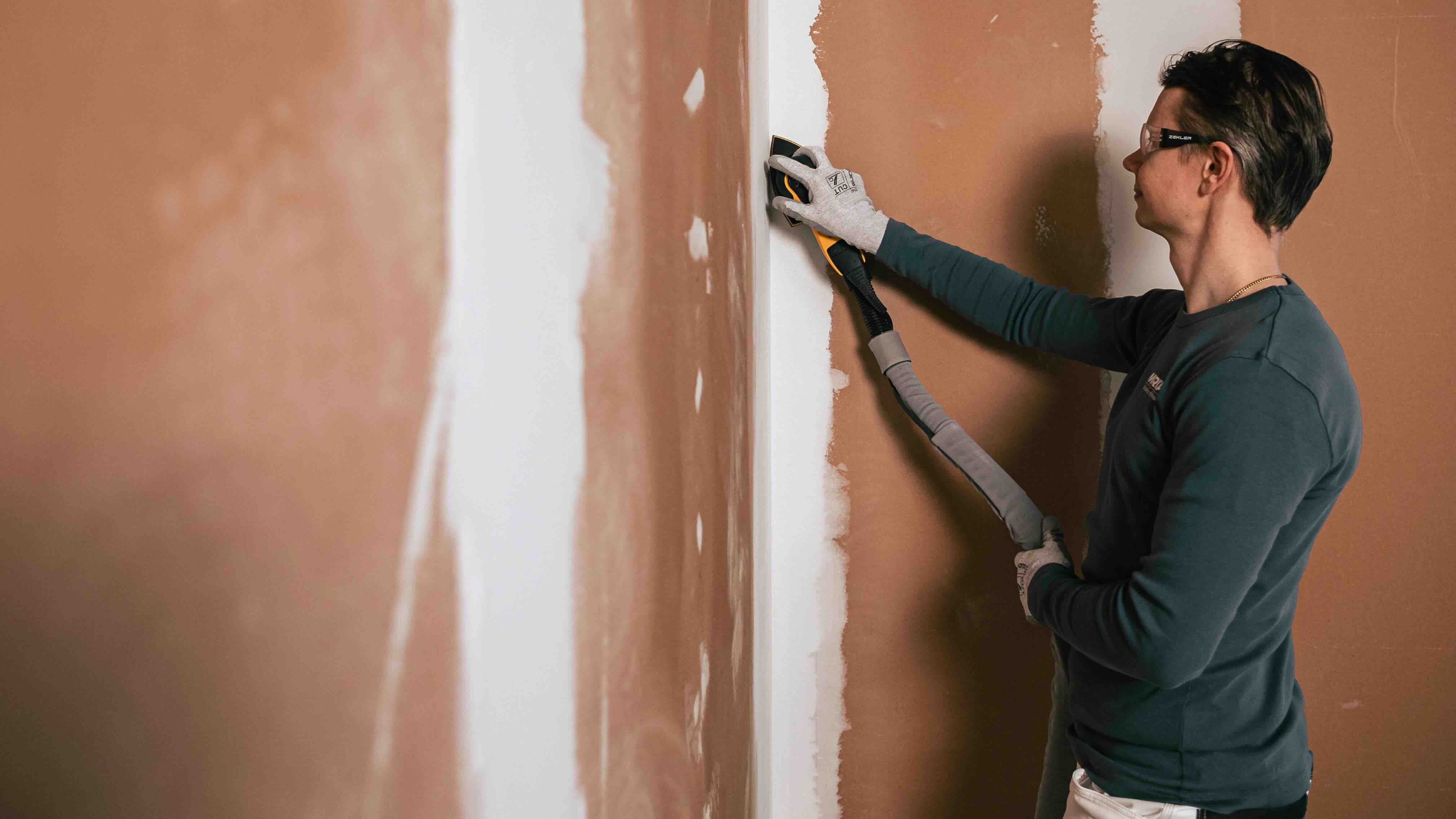
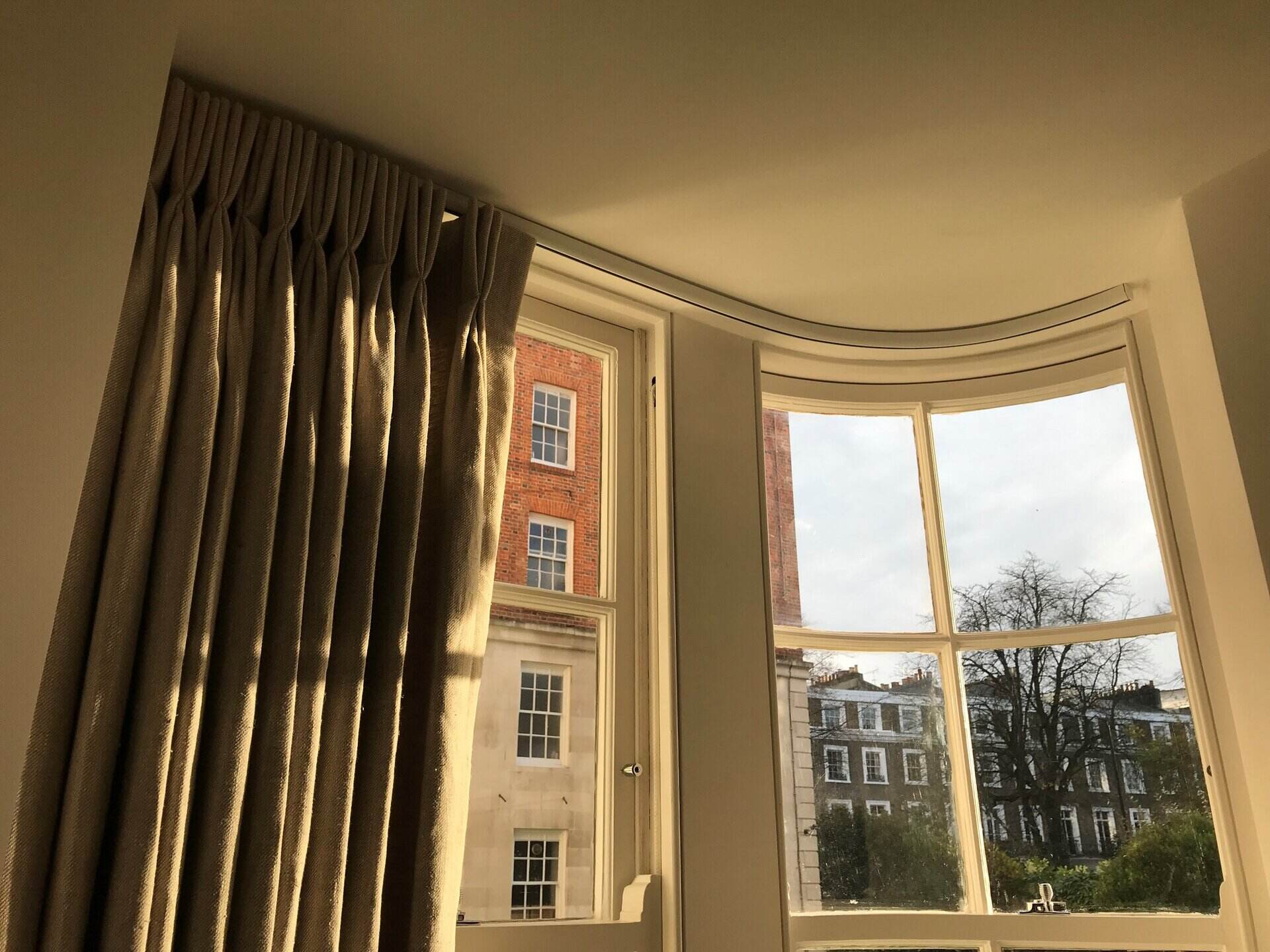
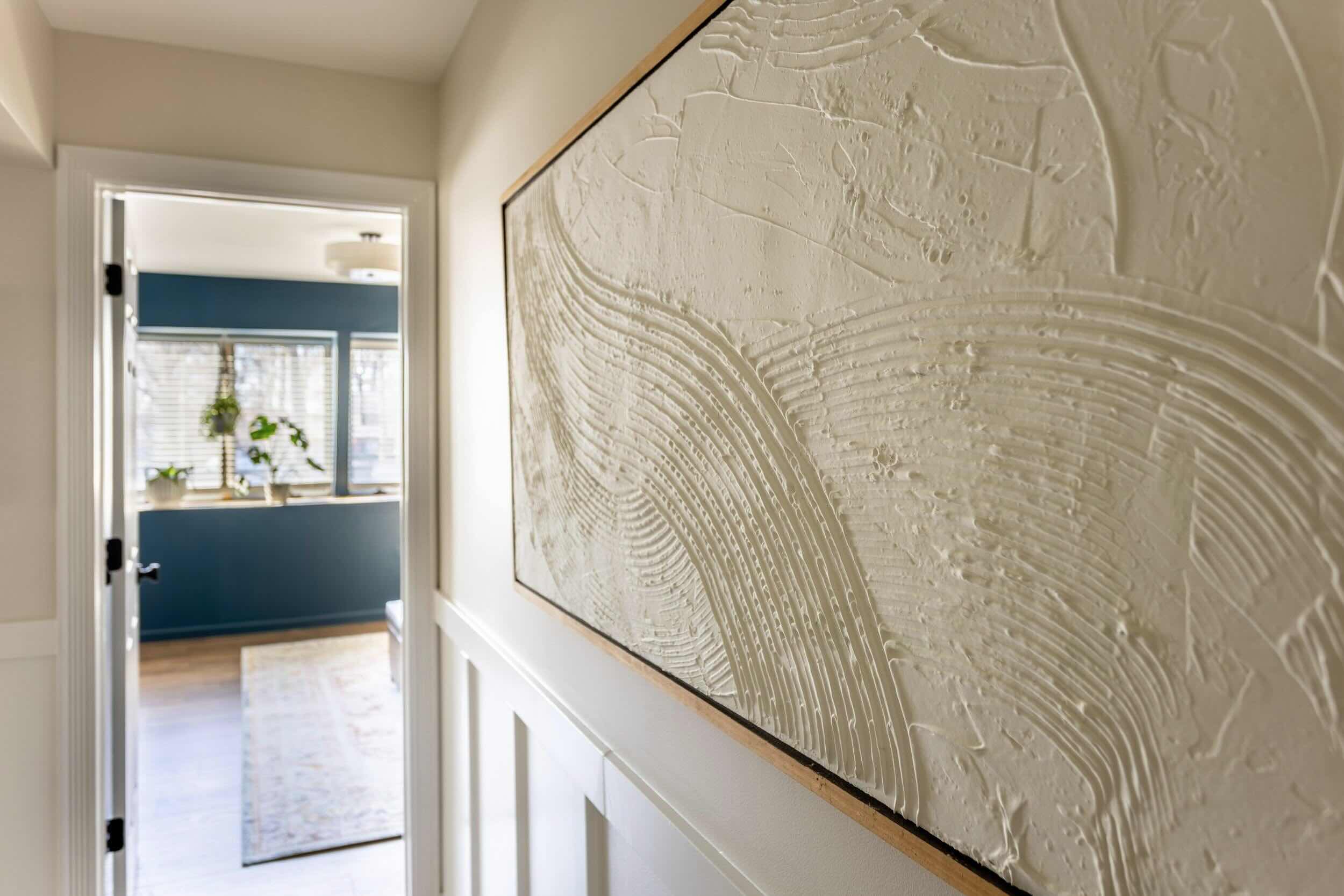
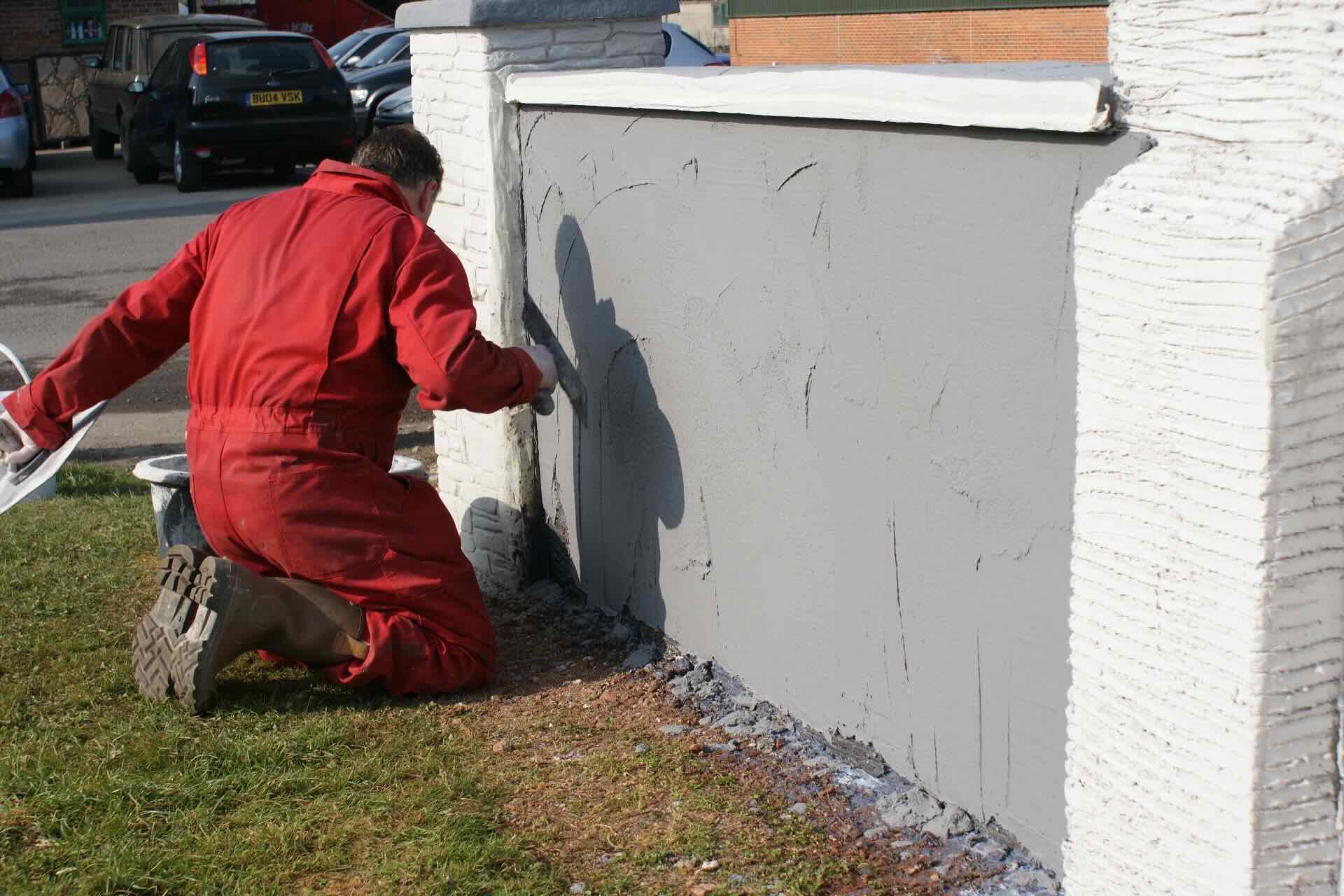
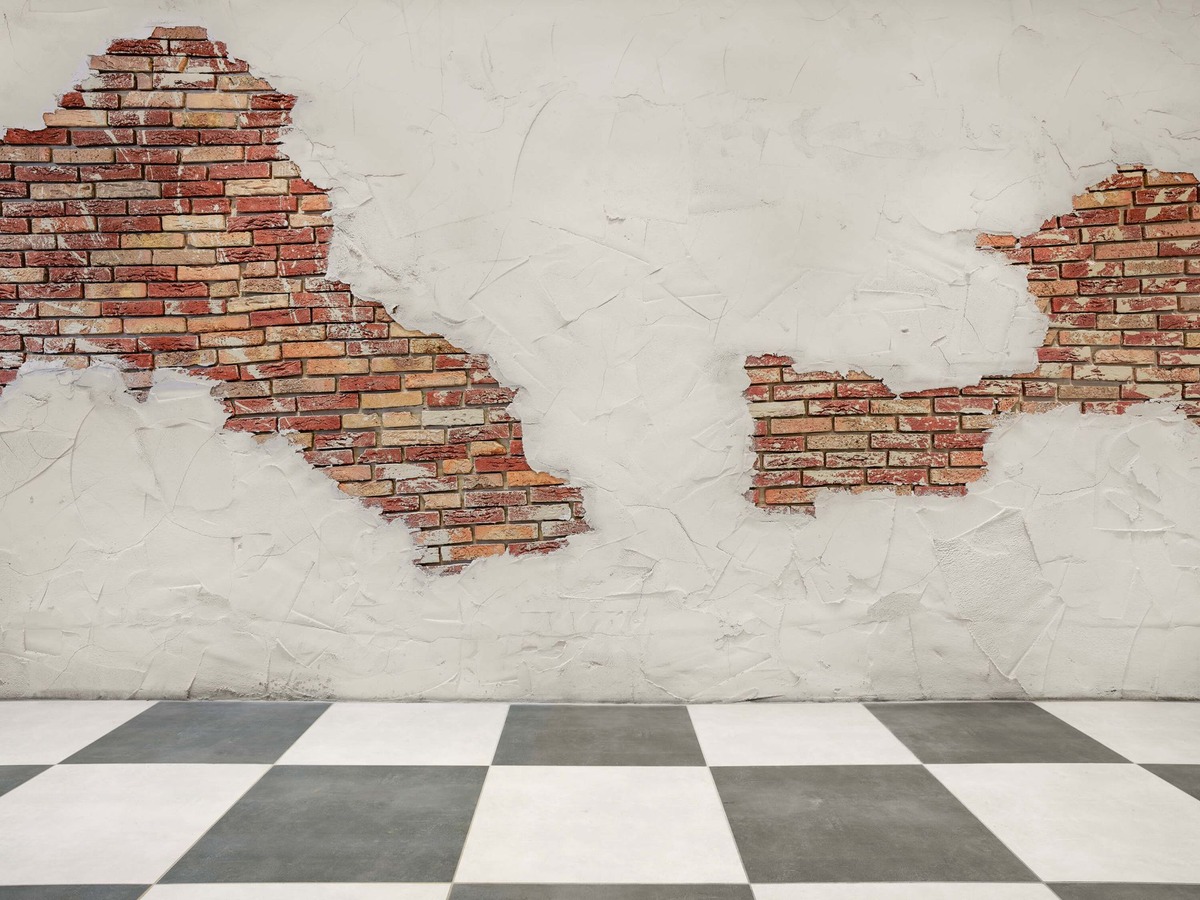
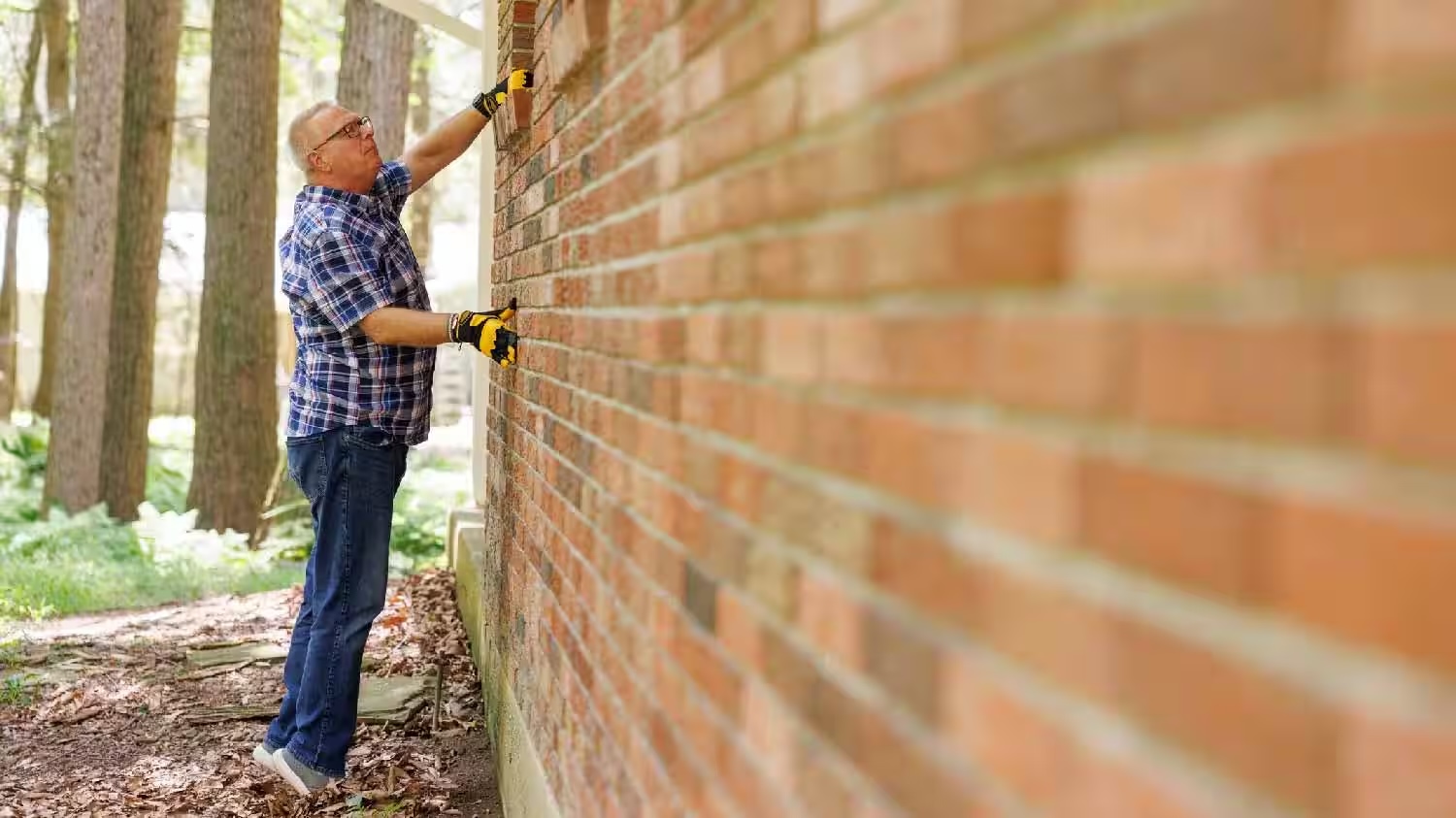
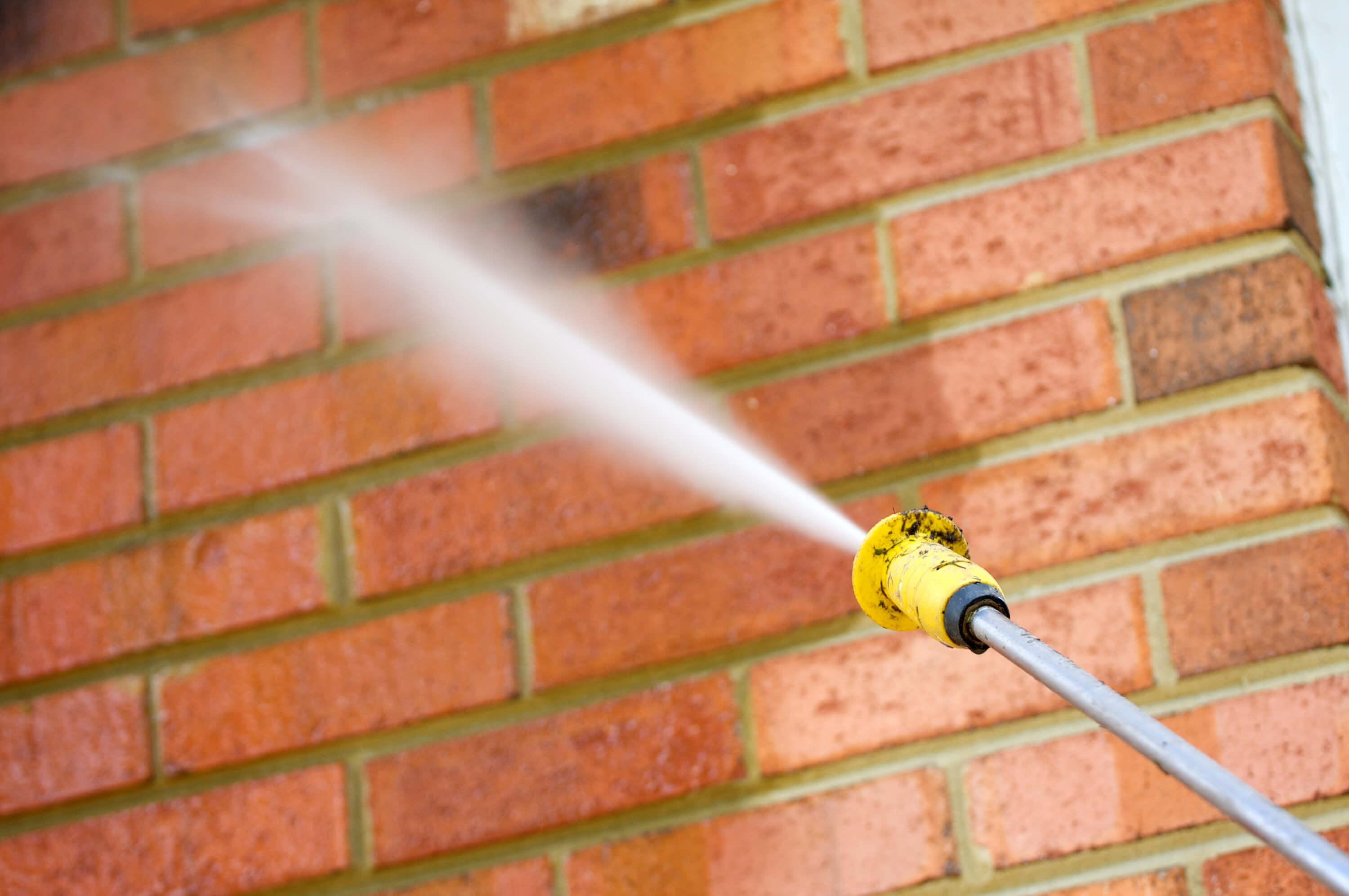
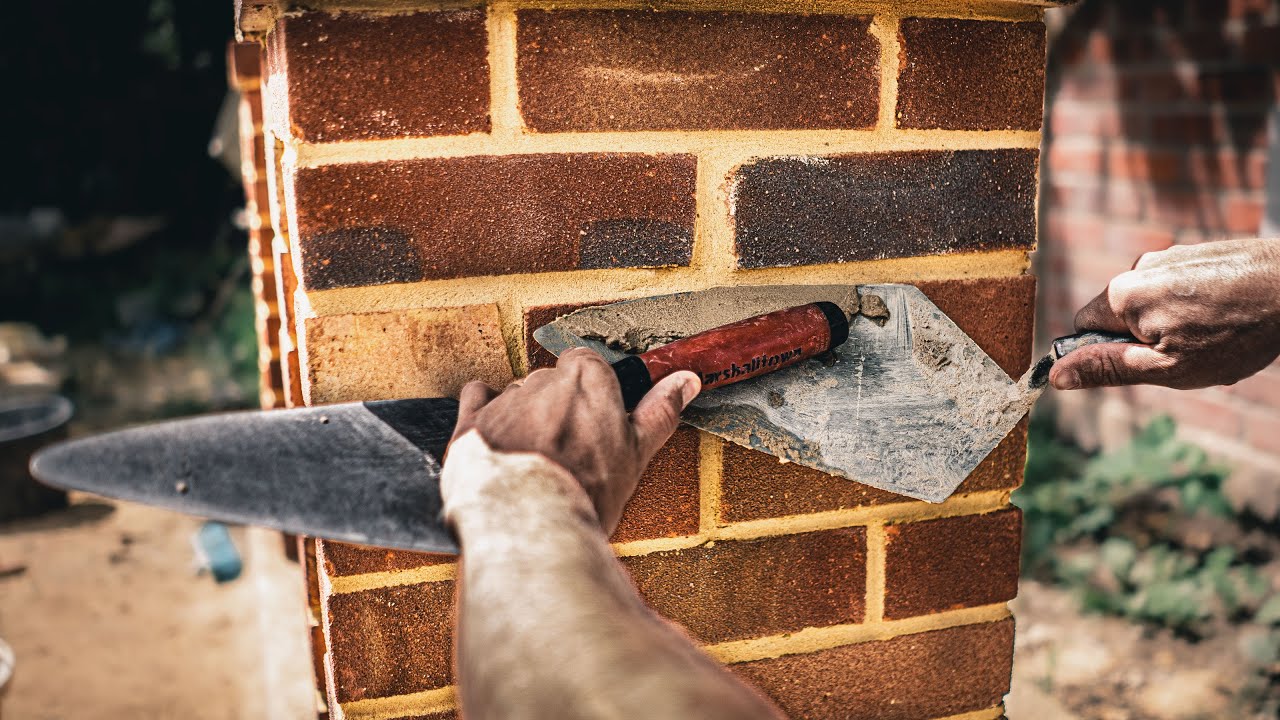
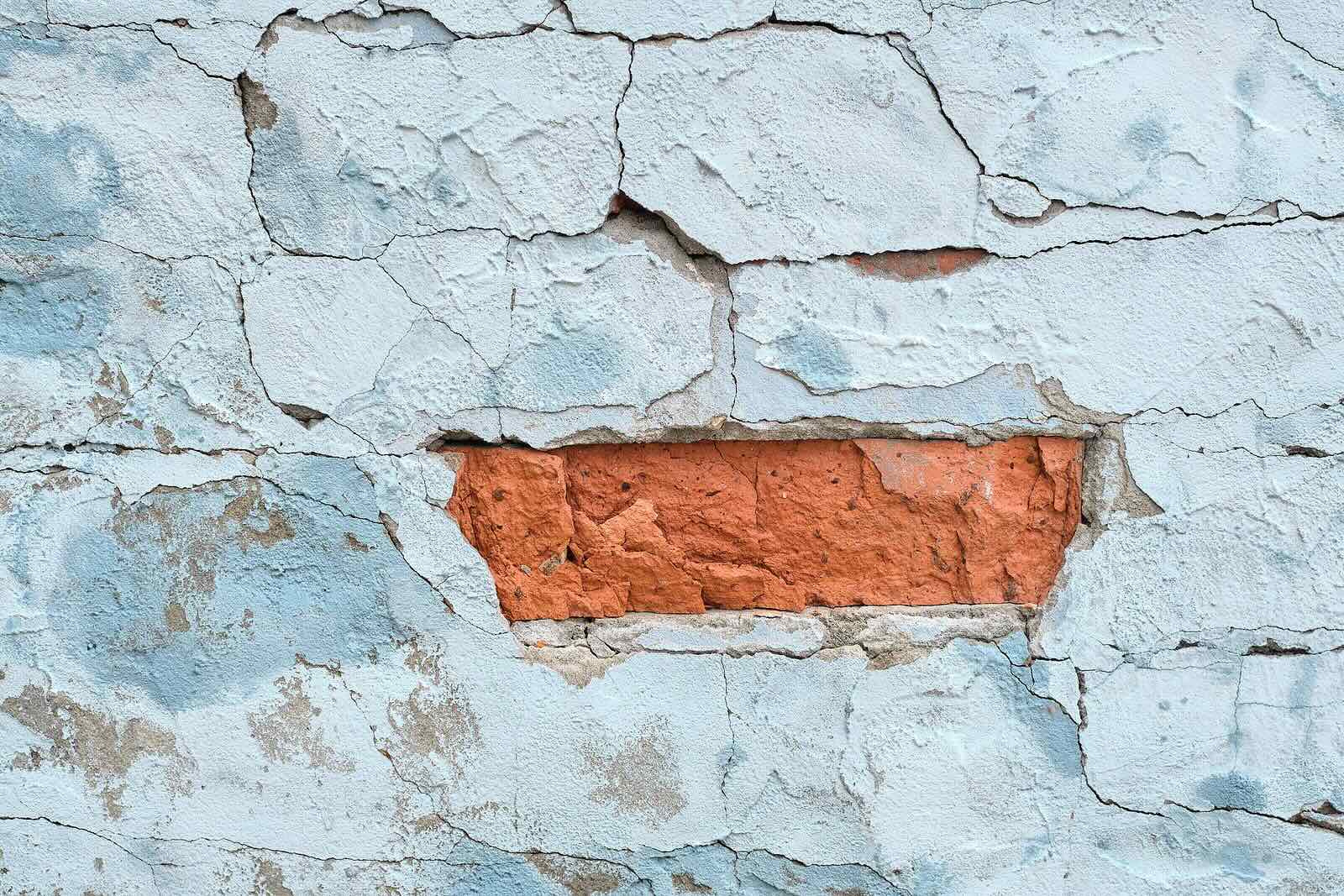
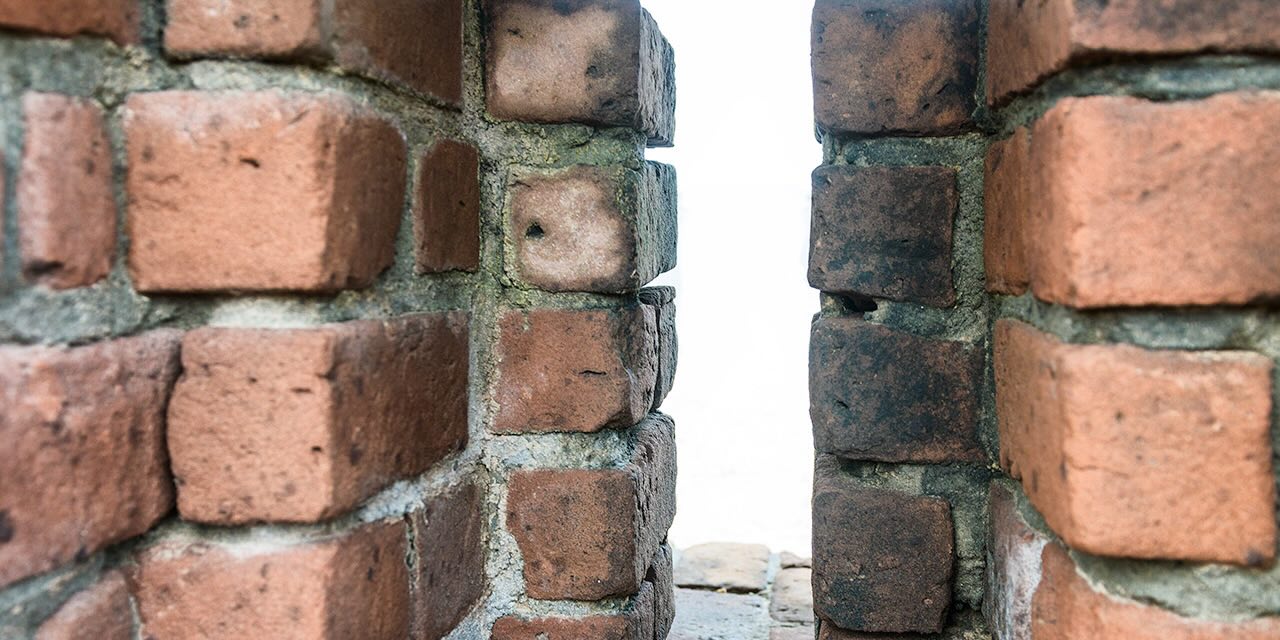
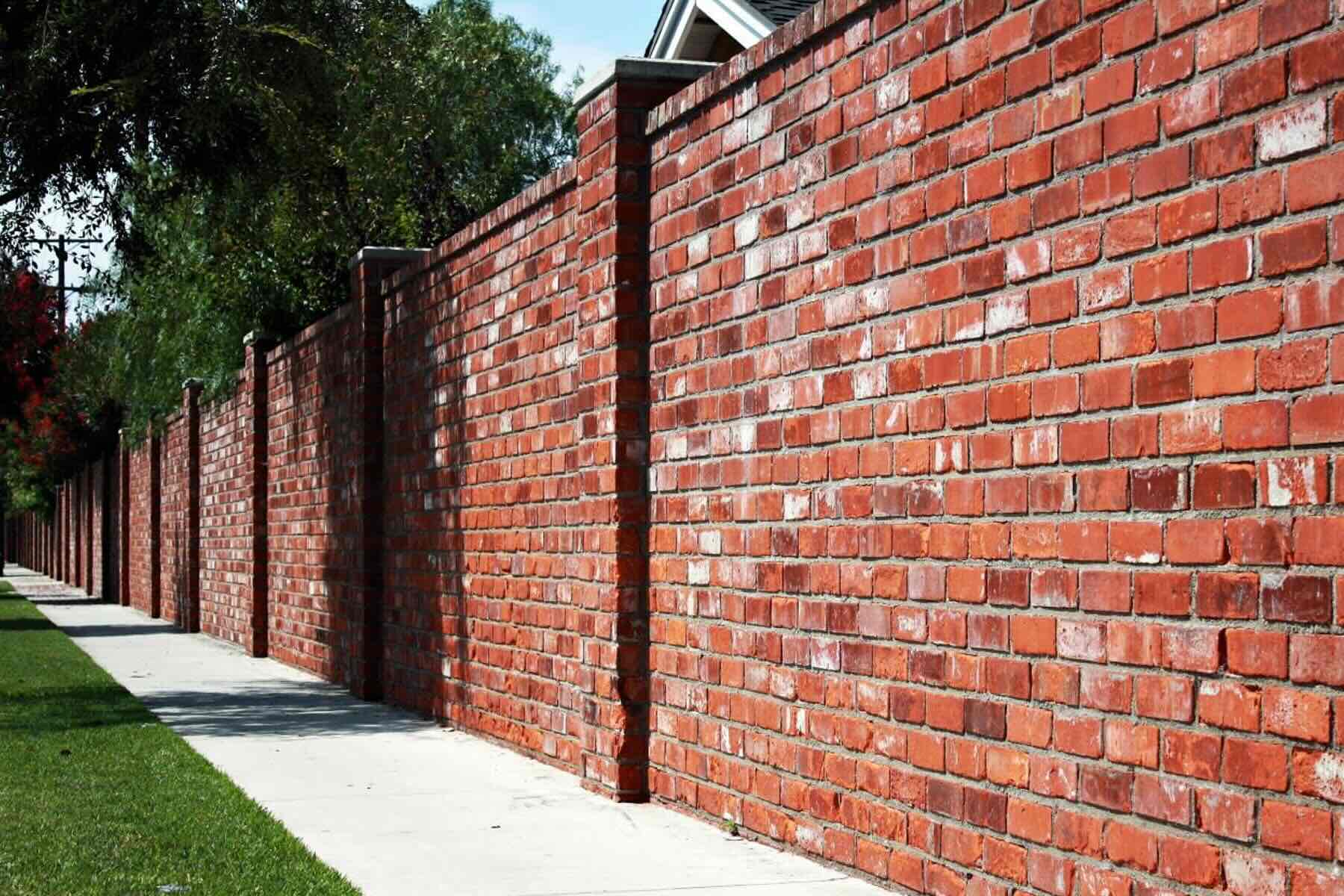
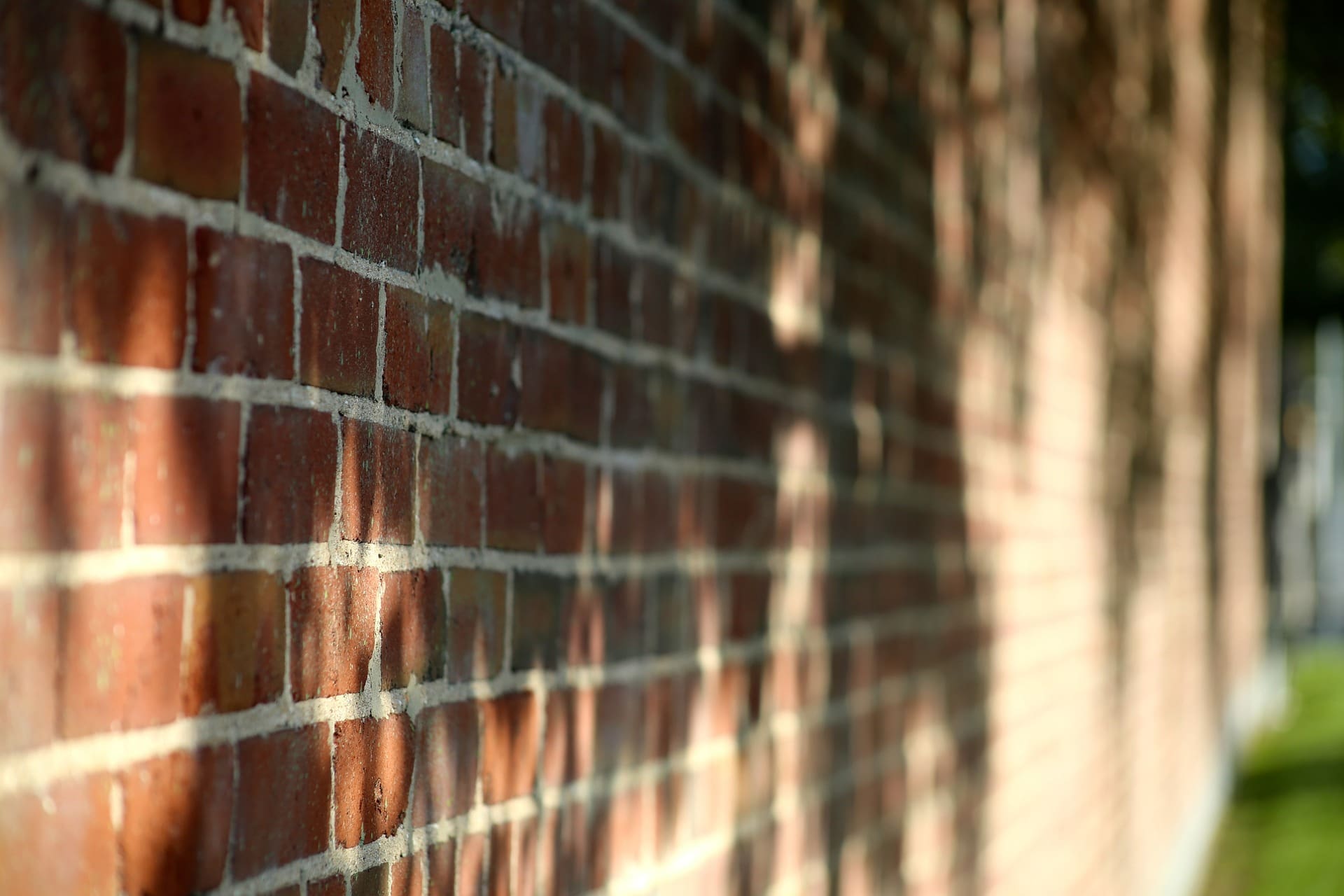
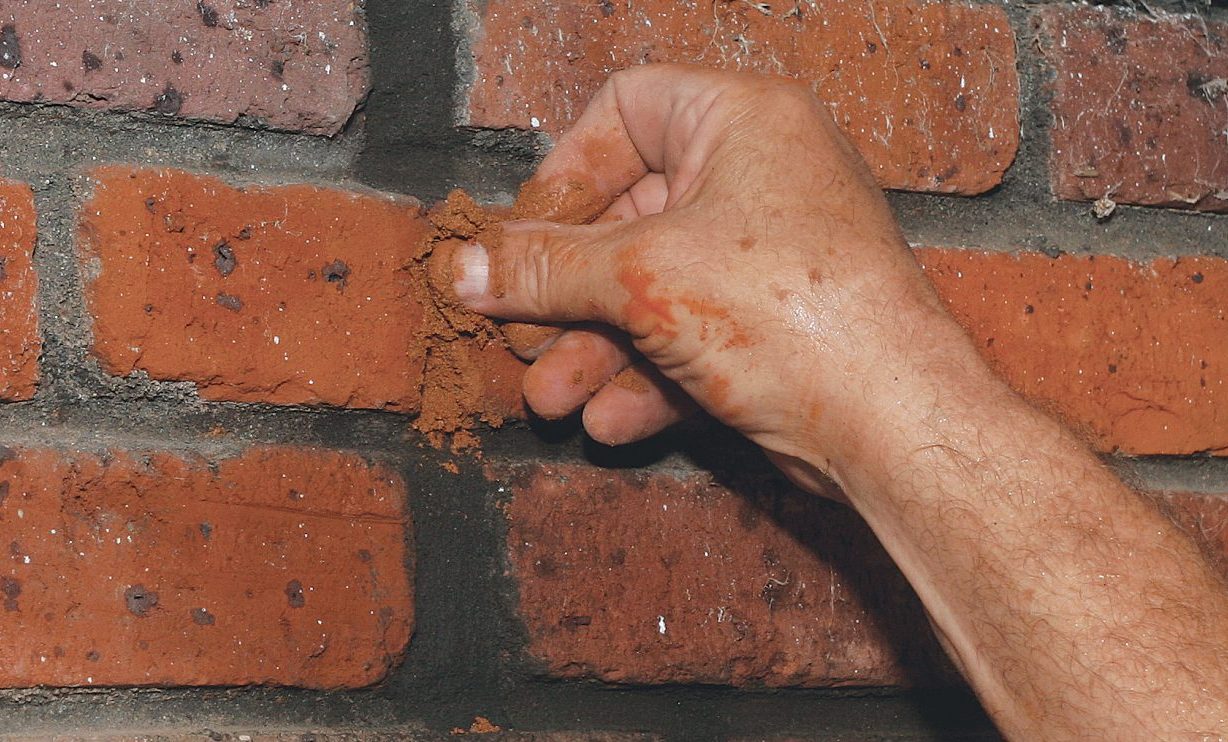
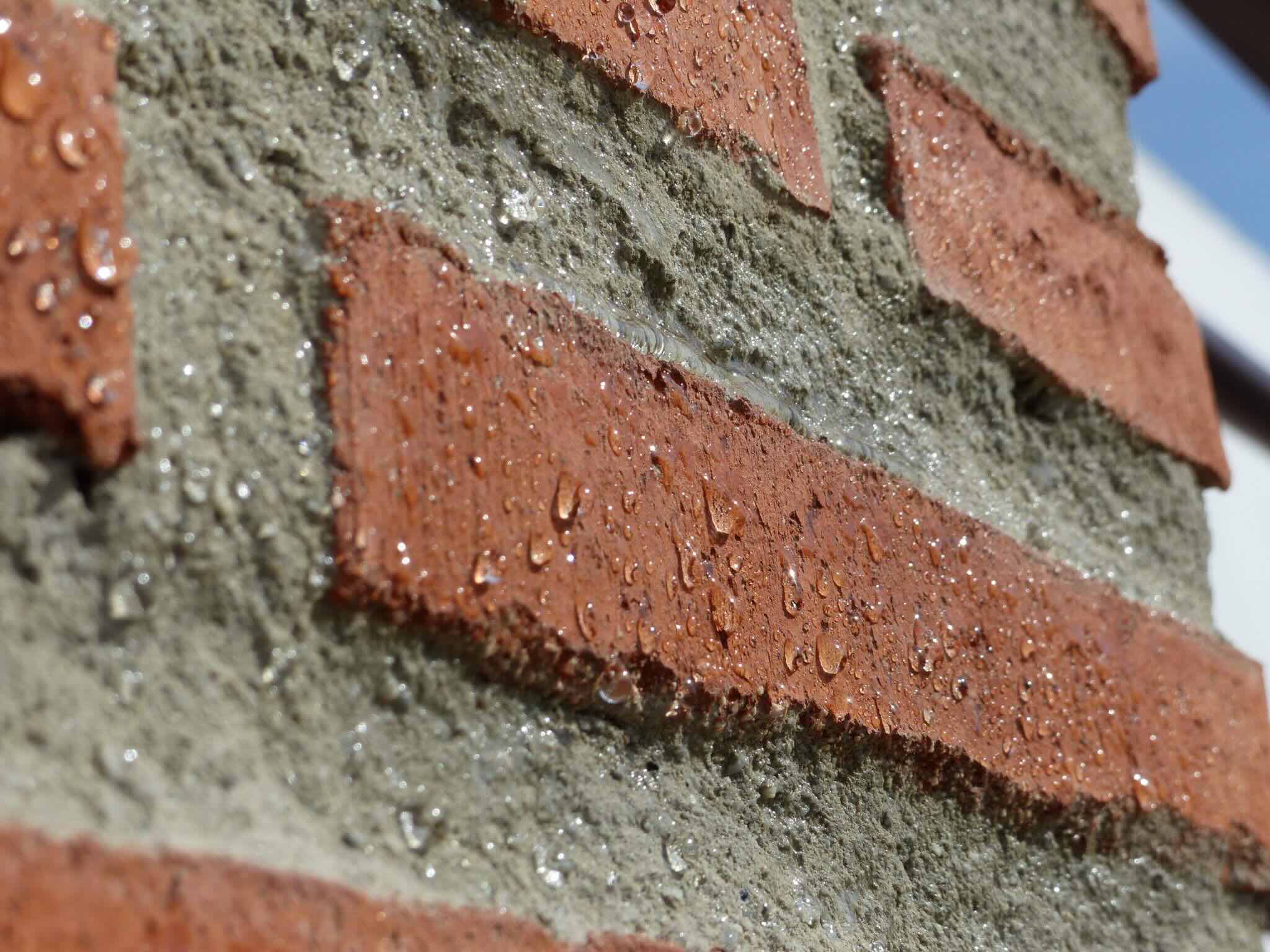

0 thoughts on “How To Plaster A Brick Wall”